Look around online and you’ll see that content marketing is the next big thing. As far back as 1996, Bill Gates even predicted the effectiveness of content on the still-new internet. He even declared content to be king. And marketers have latched on to his original assessment.
While content may be king, marketers still don’t seem to be good at it. In fact, as many as 83% of marketers have a content marketing strategy, but only 32% say they are effectively executing. And only 21% say they can effectively track ROI!
That’s problematic.
A blog post isn’t enough to help you fix your content marketing strategy. However, we can get you started on the right track. Today let’s look at the 3 biggest mistakes that plague content marketers.
[hr style=”3″ margin=”40px 0px 40px 0px”]
1. Focusing on quantity, not quality.
It’s easy to get stuck thinking about content in terms of quantity. You have a lot of goals to hit, and there’s pressure on marketing to help sales meet their revenue goals. So, if you ramp up content creation, you can generate more leads and save the day, right?
Wrong.
You can’t think of content in terms of quantity. That’s a big mistake. Instead, focus on providing valuable information to your readers. This encourages them to engage with your site and business.
Blog: 3 Rules for Content Marketing Excellence
Valuable content paves the way for your sales reps to make contact with prospects.
If you can’t write valuable content daily, don’t do it. Creating content that is poorly written or unhelpful can have a damaging effect for your brand. You will decrease engagement and lose valuable trust that you’ve built with your audience.
[hr style=”3″ margin=”40px 0px 40px 0px”]
2. Not Knowing Your Audience.
To create valuable content that converts prospects into leads and drives measurable revenue goals, you have to know your audience.

If you want your audience to convert, you have to provide them with value. That value comes from understanding the problems they encounter and providing them with real solutions. For instance, I know you probably don’t consider yourself a content expert and have trouble tracking content’s ROI. That’s why I’m writing about this topic.
Doing a little research can tell you a lot about your audience.
Asking simple questions can go a long way. Find out things like:
- What is their level of education?
- Where do they live?
- What are their pain points?
- What problems do they need solved?
- What are their media consumption habits?
Understanding your audience will help you create valuable, custom content. If you want to see a great example of this, here’s a post about Coca-Cola.
[hr style=”3″ margin=”40px 0px 40px 0px”]
3. Only relying on organic reach for distribution.
Sites like Facebook are an important part of global content consumption. According to Jeff Bullas, Facebook makes up 58% of all shared content and 38% of all sharing referral traffic.

Despite these impressive statistics, you shouldn’t rely solely on organic reach to distribute content. Facebook, for instance, has practically killed organic reach. It can be equally difficult to generate organic traffic from sites like LinkedIn and Twitter.
Blog: The Quick Guide to Content Distribution on Facebook
Posting well-written content with useful information is great, but you also need people to see it.
Paid promotion on social media can help you broaden your reach. Facebook, LinkedIn, and YouTube each have unique targeting capabilities that can help you reach very specific audiences online.
If you want to learn more about paid promotion on Facebook, you can find additional content here. For YouTube, you can look here.
Social media can be critical to increasing visibility and clicks.
Content marketing can be a powerful tool for driving specific actions among prospects and building an engaging audience. It also takes dedication, work, and experimentation to develop a strategy that works for your business. Content marketing may not be easy, but it’s essential if you’re going to sustain a growing business today.
[acf field=”cta_2″ post_id=”option”]



